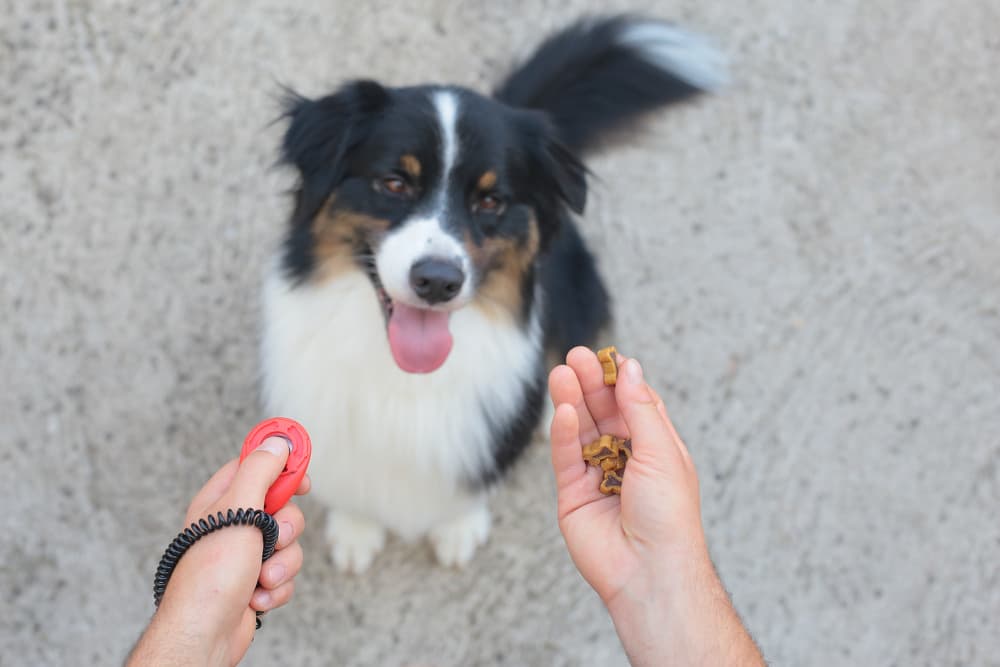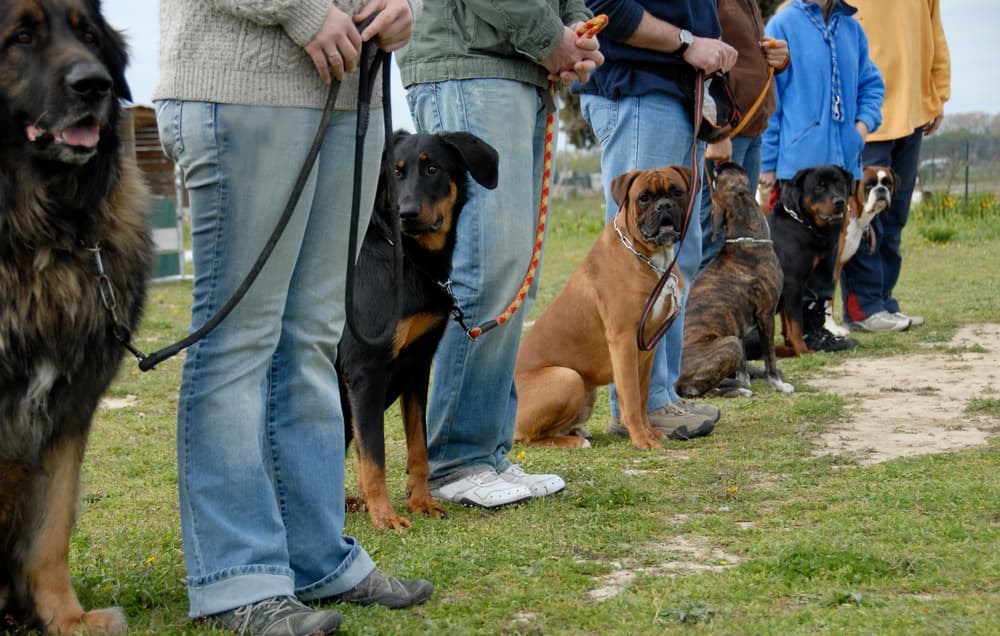Adopting Your First Dog? An Essential Training Guide
Deciding to adopt a dog is a beautiful experience, but at the same time, these animals will come with added responsibility that their new owners should be aware of before they take them home. After all, the dog will make a great companion if it receives all the love and care it deserves from its new owner.
One of the new responsibilities a pet owner must embrace will be to train the dog and make them feel comfortable in its new home. Because training gives them boundaries and clear consequences, they will feel content being inside the safe confines.
Unfortunately, some dogs that people can adopt from a shelter could have a rough background, putting them in need of more love and care. For this reason, their training could differ slightly from that of a puppy.
If you’re looking for insights on how to train your new dog, below is some information. Read on to know.
1. Allow For An Adjustment Period
As people would need to adjust to a new routine or schedule, so would the new furry family member. They will need time to explore their surroundings while getting to know the other people and pets in the home.
Knowing more about the dog’s background could help the new owners understand the dog better, so always ask for as much information about their previous circumstances as possible. Not only will the owner recognize when the dog is in distress, but they could also start to look for the perfect training program in a dog boot camp in their area.
During the adjustment period, the dog owner will notice which actions could incite negative behaviors from their pet and adjust their strategy to avoid it. For example, if they are easily startled, avoid sneaking up on them, or when they have separation anxiety, don’t leave them on their own for too long while they are adjusting.
2. Have A Set Daily Schedule
Upon bringing the dog home, the owner should immediately start with a daily schedule. It will ensure that the owner gets into the routine of caring for their new friend, making them feel less anxious as they will learn with time that they don’t have to worry about getting their necessities.
Put up visual reminders, or keep items like toys and feeding bowls where they are visible until the routine is set for you both. As a result of the consistency, the dog will be easier to train and conform to the house rules much quicker than the new owner anticipates.
Include feeding times, naps, play times, potty breaks, socialization, and other activities into the schedule to ensure that nothing is overlooked and none of the training falls by the wayside, not to mention the importance of dependability for both owner and dog.
3. Start The Training From Scratch

With an adopted dog, there could be very little the new owner will know about their previous training background. With this said, the owner should assume they have no training, like a puppy. Setting these new boundaries could be tricky at first, but by using positive reinforcement, the dog will soon start to recognize where they are.
Another aspect that could come into play is the breed of dog, as some are more headstrong, among other traits. New owners should read more about the breed they want to adopt when choosing a new dog and the best training strategy. After that, they can start with the basic commands, like ‘sit,’ and work towards more complex instructions.
Simple activities like walking on a leash could also be a great place to start, as long as the owner doesn’t pull on the leash. Don’t forcefully tug the dog in all directions. Instead, leave them to walk with a slack leash and do it at a relaxed pace. Moreover, it will make the outing and other training more inviting, and they don’t associate it with a stressful experience.
4. Set Up A Special Retreat Area
Shelter or rescue dogs may become overwhelmed quickly, depending on their back story. To assist them in feeling secure, owners can use a crate with their favorite blanket, toys, and other things to make it a space of their own until they have integrated better into the home.
However, the owner shouldn’t leave them locked in the crate for extended periods or use the crate as punishment, as this will be counterintuitive to the training process and leave the dog feeling confused.
The crate should also be big enough for the dog to turn around, sit, and stand up so they don’t feel caged, which could bring up some fear and anxiety. Furthermore, never force the dog to be in their crate if they aren’t used to it yet, and ensure that they can’t hurt themselves on any of the edges.
5. Find Training And Obedience Programs
Training can occur at home, one-on-one, or owners can add training or obedience programs for extra reinforcement. Furthermore, professionals can give the new owner tips for handling specific scenarios like toilet training, interactions with other animals, chewing, barking, scratching, and biting.
Not all dogs will react to training the same way, so it may be best to contact a few different training centers until you find the one that will be the perfect fit for the dog’s personality and needs.
Professionals often have a specific program according to the training each dog would need. So, it would be imperative for the owner to observe their dog and mention any worrying behaviors like aggression to the training center if they decide to enroll their dog in the program.
6. Include Positive Interactions Each Day
Dogs are mostly pack animals, meaning they thrive on the interaction between themselves and other dogs and their owner. New dog owners should thus ensure that their pets have plenty of opportunities to socialize with other dogs while closely supervising their actions safely.
For example, spending more time walking and playing with the dog at a dog park will create a strong bond between humans and pets, which could be a valuable part of the process. The more the dog trusts the owner, the better it will respond to commands and training, making it enjoyable for the owner and the dog.
Bringing It To A Close
In the end, all dogs and owners want is a good relationship that will make an inseparable bond. The key is being patient and finding what works best for you. After all, animals and humans all differ, emphasizing the importance of customizing the experience.
When dogs and their owners feel safe and secure with the training routine and understand each other’s boundaries, training the newly adopted dog will become a breeze.






